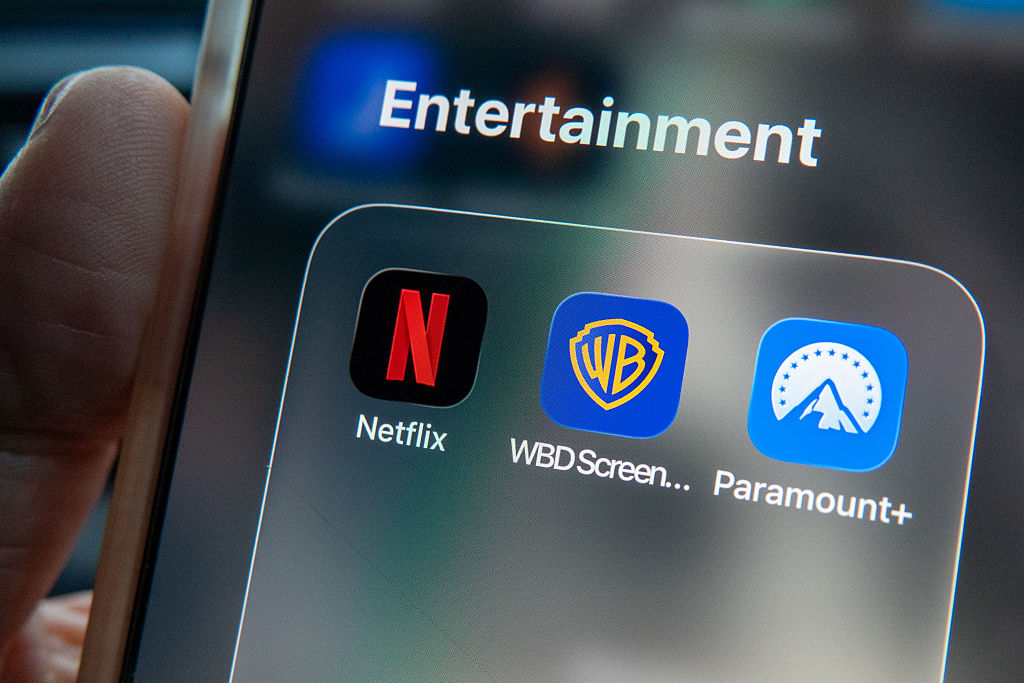Struggling Sotheby’s is thrown a $200m lifeline — will it work?
Sotheby's is expected to receive a $200m boost from Sydell Miller's art collection. Will the good times return for the auction house?


The autumn season is an important time for auction houses in the sales calendar. But for Sotheby’s, this autumn is more important than for most. “The art market is grinding through a rough patch… driven in part by China’s economic slowdown, wars and volatile US elections,” says The Wall Street Journal (WSJ).
To that list can be added the normalisation of interest rates that makes inherently risky assets, such as collectables, less attractive to investors/collectors when you could earn a decent rate of return by simply sticking your money in the bank. As the WSJ points out, the “sales downturn” could not have come at a worse time for “the auction house’s highly leveraged billionaire owner, Patrick Drahi, who is fighting fires amid restructuring in his broader telecom empire, Altice” (Drahi took Sotheby’s private in 2019, delisting it after three decades of being publicly traded).
Executives at Sotheby’s have even had to settle for IOUs instead of their usual incentive-based pay and questioned whether the auction house would be able to continue to pay its staff, a source told the paper. Sotheby’s denies any such discussion took place, but it did lose $115m in the first half of 2024, compared with a $3m gain a year earlier, according to unaudited financial statements, seen by the paper. It marks a swift change in fortunes.
MoneyWeek
Subscribe to MoneyWeek today and get your first six magazine issues absolutely FREE

Sign up to Money Morning
Don't miss the latest investment and personal finances news, market analysis, plus money-saving tips with our free twice-daily newsletter
Don't miss the latest investment and personal finances news, market analysis, plus money-saving tips with our free twice-daily newsletter
Until recently, the art market had been in full swing, with Sotheby’s raking in at least $7bn in sales annually. Then in May of this year, Sotheby’s couldn’t even sell a portrait by Francis Bacon – an artist who until recently had been very much in demand – for its lower $30m estimate, as David Sanderson notes in The Times. In 2020, the auction house sold a triptych by the artist for $85m, above its upper estimate. The good times look to be over.
It’s just as well, then, that Sotheby’s has been able to land the estate sale of this season – that of the late US beauty tycoon Sydell Miller. Collectively, the 90-odd works are expected to make around $200m. They are on show in London until 8 October, after which they will continue their world tour via Asia before arriving back in New York in time for Sotheby’s marquee sales week next month. Claude Monet’s waterlily painting Nymphéas (c.1914-1917) leads the auction with a pre-sale estimate of about $60m, according to Melanie Gerlis in the Financial Times. Another highlight is La Statuaire (1925), a portrait of a seated female sculptor by Pablo Picasso, bought by Miller in 1999 for $11.8m. This time around, Sotheby’s is hoping to get $30m for it.
Wassily Kandinsky’s “celebration of the relationship between colour and form”, Weisses Oval (1921), is also appearing in the line-up, valued at up to $20m, as is Henry Moore’s sculpture of a reclining mother and child from 1976 (expected to fetch at least $8m) and works by Yves Klein (Relief Éponge bleu sans titre, 1961, for $8m-$12m) and Henri Matisse (Jeune fille en robe rose (1942, $3m-$5m). Sotheby’s will be hoping the sale signals a recovery in the market.
This article was first published in MoneyWeek's magazine. Enjoy exclusive early access to news, opinion and analysis from our team of financial experts with a MoneyWeek subscription.
Get the latest financial news, insights and expert analysis from our award-winning MoneyWeek team, to help you understand what really matters when it comes to your finances.

-
 How cancelling unused direct debits could boost your pension by £37,000
How cancelling unused direct debits could boost your pension by £37,000A new year refresh of your spending could save you money and help boost your pension pot.
-
 NS&I cuts interest rates on 8 savings accounts
NS&I cuts interest rates on 8 savings accountsNS&I will now offer less attractive interest rates for customers wishing to lock their savings away to grow for one, two, three or five years.
-
 'Investors will reap long-term rewards from being bullish on UK equities'
'Investors will reap long-term rewards from being bullish on UK equities'Opinion Nick Train, portfolio manager, Finsbury Growth & Income Trust, highlights three UK equities where he’d put his money
-
 The graphene revolution is progressing slowly but surely – how to invest
The graphene revolution is progressing slowly but surely – how to investEnthusiasts thought the discovery that graphene, a form of carbon, could be extracted from graphite would change the world. They might've been early, not wrong.
-
 A strong year for dividend hero Murray International – can it continue its winning streak?
A strong year for dividend hero Murray International – can it continue its winning streak?Murray International has been the best-performing global equity trust over the past 12 months, says Max King
-
 The shape of yields to come
The shape of yields to comeCentral banks are likely to buy up short-term bonds to keep debt costs down for governments
-
 The sad decline of investment clubs – and what comes next
The sad decline of investment clubs – and what comes nextOpinion Financial regulation and rising costs are killing off investment clubs that once used to be an enjoyable hobby, says David Prosser
-
 How to profit from the UK leisure sector in 2026
How to profit from the UK leisure sector in 2026The UK leisure sector had a straitened few years but now have cash in the bank and are ready to splurge. The sector is best placed to profit
-
 Who won the streaming wars?
Who won the streaming wars?The battle of the TV and film streaming giants for dominance looks to be entering a final phase. The likely winner may surprise you, says Simon Wilson
-
 'Investors should expect a good year for equities'
'Investors should expect a good year for equities'Opinion The economy is positive, and investors are still cautious, says Max King